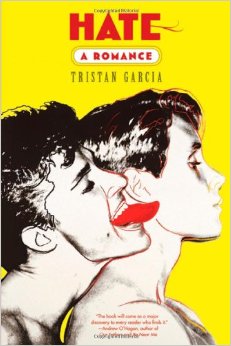AS WE ENTER the fourth decade of AIDS, the crisis continues largely unabated. About 1.1 million Americans live with hiv/aids, as do 33 million people around the world. Every year, about 56,000 more Americans are newly infected; roughly half are gay men and half are African American. While the overall HIV incidence in the U.S. remains flat, infections among gay and bisexual men are increasing-the only risk group for which this is the case. Infections are increasing especially among young black gay men.
Globally, 2.7 million people were newly infected in 2008, down from a peak of 3.5 million in 1997. Despite this progress, for every two HIV-positive people who get into treatment globally, another five are newly infected. Most of the 33 million people living with HIV around the world don’t have access to anti-retrovirals (ARVs), the HIV medications that revolutionized treatment in the mid-1990’s, and are not likely to any time soon. In sub-Saharan Africa, where most of these people live, access to something as basic as palliative care (pain medication) is often beyond reach.
On a more positive note …
More


